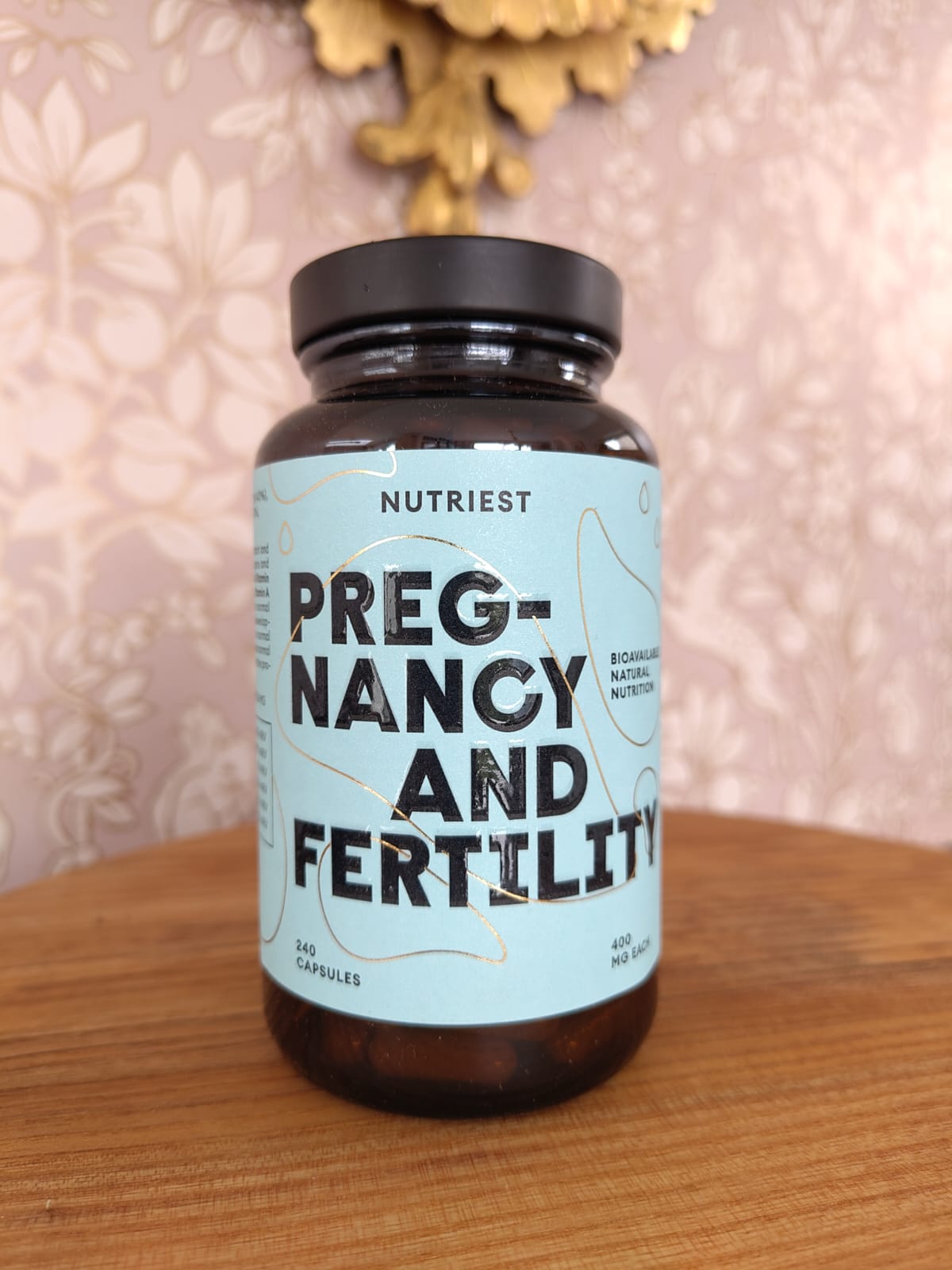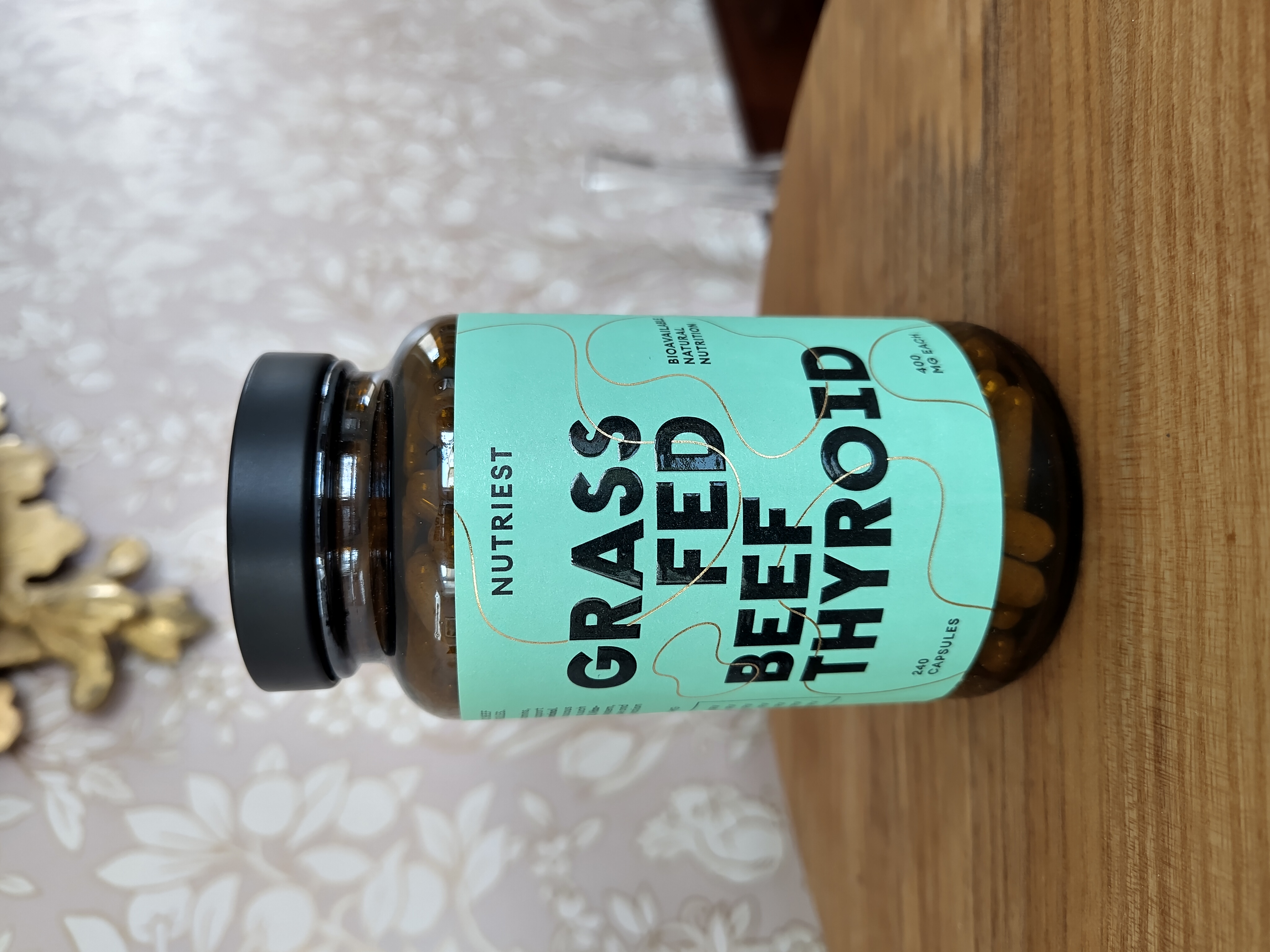The HPV vaccine is by far the most controversial vaccine available, and with good reason. The original research by Merck on the Gardasil vaccine was fast-tracked, they carried out all the research themselves, controlled the data and selected which results they wanted released. They also used aluminium (Al) instead of a placebo to mask adverse outcomes (vaccines need an adjuvant to trigger an immune response, many side effects of vaccines come from the adjuvants, using Al as a placebo masked the adverse effects of the adjuvant in their trials).
A recently published review of these trials is well worth reading. The paper is called “Will HPV vaccination prevent cervical cancer?” and was published Royal Society of Medicine Journal this month. Here is the summary in full:
“We conducted a critical appraisal of published Phase 2 and 3 efficacy trials in relation to the prevention of cervical cancer in women. Our analysis shows the trials themselves generated significant uncertainties undermining claims of efficacy in these data. There were 12 randomised control trials (RCTs) of Cervarix and Gardasil. The trial populations did not reflect vaccination target groups due to differences in age and restrictive trial inclusion criteria. The use of composite and distant surrogate outcomes makes it impossible to determine effects on clinically significant outcomes. It is still uncertain whether human papillomavirus (HPV) vaccination prevents cervical cancer as trials were not designed to detect this outcome, which takes decades to develop. Although there is evidence that vaccination prevents cervical intraepithelial neoplasia grade 1 (CIN1) this is not a clinically important outcome (no treatment is given). Trials used composite surrogate outcomes which included CIN1. High efficacy against CIN1+ (CIN1, 2, 3 and adenocarcinoma in situ (AIS)) does not necessarily mean high efficacy against CIN3+ (CIN3 and AIS), which occurs much less frequently. There are too few data to clearly conclude that HPV vaccine prevents CIN3+. CIN in general is likely to have been over-diagnosed in the trials because cervical cytology was conducted at intervals of 6–12 months rather than at the normal screening interval of 36 months. This means that the trials may have overestimated the efficacy of the vaccine as some of the lesions would have regressed spontaneously. Many trials diagnosed persistent infection on the basis of frequent testing at short intervals, i.e. less than six months. There is uncertainty as to whether detected infections would clear or persist and lead to cervical changes.”
I have highlighted some of the more dramatic conclusions, the most important being the original trials did NOT look at the actual development of cervical cancer, just cervical intraepithelial neoplasia grade 1 (CIN1) which is not clinically important as treatment is not given. Also, the screening was carried out more frequently than in real world situations, many CIN1 lesions regress of their own accord. In other words, our own immune system can handle it. So, when we’re told the HPV vaccine prevents cervical cancer we are being lied to. There is no real proof it does. The article is open access so feel free to read the whole review here.
Unfortunately, since the release of HPV vaccines the rates of cervical screening have been dropping. This is worrying as regular screening is by far the most reliable way to identify any problem while it is still treatable. You can see here there has been a significant drop in screening rates in England, especially among young women AND an increase in the incidence of cervical cancer in the 15-29 age group (up from 12/100,000 in ‘04-06 to 18.5/100,000 in ’15-17.
In Scotland, the number of women dying from cervical cancer is increasing, from 88 in 2015 to 116 in 2016. The number of diagnosis is also on the increase, with 385 cases in 2014 compared to 304 in 2012. Again, the lower numbers of women attending screening is considered the main reason why the incidence of cervical cancer is increasing.
What has also come to light since the advent of HPV vaccines is a change in the strains of HPV which are causing genital dysplasia. This study, “Trends in prevalence in human papillomavirus types and their association with cervical dysplasia; an analysis on 15 138 women over 20 years”, also published this month in the European Journal of Cancer Prevention found statistically significant increases in the HPV strains not included in the Gardasil 9 vaccine (see abstract below).
To investigate trends in prevalence of various human papillomavirus types in order to assess the unmet clinical needs for women affected by human papillomavirus-related disease. Data of consecutive 15 138 patients undergoing human papillomavirus DNA testing from 1998 to 2018 were retrospectively identified. Human papillomavirus types were classified at high-risk according to the classification of the International Agency for Research on Cancer. The International Agency for Research on Cancer included seven human papillomavirus types covered by nine-valent vaccine and five not yet covered by any available vaccines. Overall, 4159 (65.3%), 1500 (23.5%) and 714 (11.2%) women had human papillomavirus types covered by nine-valent vaccination, not covered by nine-valent vaccination and co-infections of human papillomavirus types of both groups. At least one high-risk human papillomavirus type(s) was detected in 1241 patients with genital dysplasia: 832 (67.1%), 291 (23.4%) and 118 (9.5%) women had human papillomavirus types covered by nine-valent vaccination, not covered by nine-valent vaccination and co-infections of human papillomavirus types of both groups. Over the twenty-year study period, the number of human papillomavirus types not covered by nine-valent vaccine increased dramatically (from 4 to 16%; P < 0.001, P for trend). Similarly, looking at patients with genital dysplasia, high-risk human papillomavirus types not covered by nine-valent vaccine increased from 3 to 13% (P < 0.001, P for trend). Our data highlight that human papillomavirus types covered by nine-valent vaccine represent are the main types associated with genital dysplasia. However, over the study period, we observed an increasing prevalence of confections and high-risk human papillomavirus types not covered by the nine-valent vaccine, thus suggesting the need of developing more complete vaccines against human papillomavirus.
Are young women being fooled into a false sense of security from a vaccine which doesn’t actually do what it says on the tin?
You may also be interested in this video taken last December at the WHOs Global Vaccine Safety Summit where some of topics of discussion included:
- Vaccines can be fatal
- The design of safety studies makes it difficult to spot problems
- Safety monitoring is inadequate
- Vaccine adjuvants increase risk
These are not the sort of headlines we see in the papers, but it is what the vaccine experts are saying...




